Introduction
When I first began experimenting with red light therapy a few months ago, I was curious to see whether there would be any noticeable advantages. Within a short time period, I started experiencing enhancements in my sleep quality and a reduction in minor inflammation or soreness. Motivated by these initial positive impacts, I decided to continue using my compact red light therapy device regularly.
It has now been over 100 days since I embarked on this red light therapy trial. Employing the light for 5–10 minutes daily, focusing predominantly on my lower back, buttocks, and other areas where I've had past injuries. My goal in continuing was to document any evolving benefits or changes experienced over an extended time frame. At the 100-day mark, I wanted to provide a comprehensive update on my experience to date, like what advantages have been sustained, any new effects noticed, areas where results were less impressive, and my daily routine going forward.

Benefits Still Experienced
Sleep Quality Continues to Improve
One of the primary benefits I noticed early on was an improvement in my sleep quality and how quickly I fell asleep. After 100 days, I can report that this impact has largely sustained over time. There appears to be a clear pattern - on days when I get decent sun exposure, my sleep is solid. However, on overcast or low sun days, using my red light device seems to help bridge the gap. It allows me to fall asleep faster and experience better-quality sleep, comparable to a sunny day. This suggests that the light helps support my circadian rhythm on days lacking adequate natural light exposure.
Red Light Continues to Speed Resolution of Minor Injuries
Another initial observation was that red light therapy helped resolve micro injuries, like minor muscle soreness, more quickly. Over the past 100 days, there have been a few instances where I strained or pulled something small. Directing the light to these areas seemed to dramatically reduce pain and kickstart the healing process in a jiffy. For example, knee pain from an old injury disappeared completely after just a couple of weeks of targeted sessions. The light appears quite effective at reducing inflammation and allowing minor issues to recover faster than they would otherwise.
Studies Back Anti-Inflammatory Effects
Research I came across, backing my experience, found photobiomodulation from red and infrared light can produce measurable anti-inflammatory impacts. One study reviewed how it works on a cellular level to reduce unnecessary inflammation in the body. This aligns with my noticing less residual muscle soreness and quicker recovery from injuries over the past few months.
New Benefits Noticed
Disappearing Scars
One of the most surprising developments has been improvements to old scars. About a year ago, I experienced severe chafing during an ab workout that left two thumb-sized dark scars on my upper butt. These scars showed no signs of fading until I started red light therapy. Within just 10 days, the scars lightened. Now, 100 days later, 90% of the scars have disappeared. While it's possible they would have faded on their own, the timing lines up with when I began directing the light to that area regularly.
Healthier Skin Complexion
Every time after a red light session, my skin takes on a brighter, more nourished appearance with improved blood flow and circulation, though this effect dissipates over the course of the day. However, long-term use seems to be enhancing the overall health and radiance of my skin, likely due to increased production of nitric oxide (NO), a vasodilator that supports hydration and circulation near the skin's surface.
Stretch Mark Lightening
While I haven't noticed huge changes, the stretch marks on my hips do appear to have lightened up slightly over the past few months. Even a small improvement to old marks is impressive, given how difficult they can be to improve naturally. The results here are subtle but encouraging that ongoing use may lead to more dramatic changes in scarring over a longer timeframe.
In summary, while the benefits to sleep and injury recovery I experienced initially have certainly endured, I'm also finding red light therapy helping in new areas like scar removal and skin complexion that continue to surprise me.
Constraints Encountered
No Apparent Hair Regrowth or Skin Tightening
Contrary to some claims, I haven't seen any significant regrowth of hair in areas where I've been thinning or receding. Similarly, while my skin looks healthier, I didn't notice much tightening of loose skin or reduction in the appearance of cellulite, indicating other adjunct treatments may be needed in addition to RLT for these issues. Maybe 100 days is a relatively short period for RLT.

Limitations for Chronic Injuries
One shoulder area with an old, deep injury has continued bothering me on and off for years. While red light provided temporary pain relief, it didn't resolve the underlying issue, suggesting deeper, longstanding injuries may require additional modalities beyond light therapy alone for complete recovery. Light appears better equipped to resolve newer micro injuries or muscle strains rather than chronic problems.
Diminishing Returns with Time
Initially, I observed improvement in extending my time with the smaller device to twice daily, 10 minutes at a time. However, as I switched to a higher-powered pro model and extended my sessions, benefits seemed to plateau more quickly, indicating there is likely an ideal window where effects accumulate strongest before tapering off. Quality may outweigh quantity in photobiomodulation treatments.
In summary, while highly beneficial overall, the impacts of red light therapy have certain limitations. It did not work wonders for issues like hair loss, skin elasticity, or chronic problems within only 100 days. And gains trailed off once I exceeded a certain session length. Focusing treatment within a productive window seems most effective.
New Device Used: The Bestqool Pro 300
For the past month, I've been using an upgraded red light therapy device, the Bestqool Pro 300. This professional model delivers the same key red and infrared wavelengths as my original device but adds a couple of additional peaks and enhances power output.
What I've really appreciated is being able to reduce my daily treatment time in half compared to the smaller light, now at just 10 minutes total, by splitting it between both sides of my body for 5 minutes each. I'm able to stand farther back yet feel benefits are comparable, if not better, than with the previous light.

Some key features that make the Pro 300 superior include:
- Higher power output allows for quicker sessions
- Covers a larger surface area while maintaining proper density of light
- Cooling fans prevent overheating during longer use
- Digital controllerfor enhanced convenience
- Expandable design allows the use of multiple lights simultaneously
While I've been pleased with the Pro 300's performance, simplifying my routine while still delivering advantages, it's important to present a balanced view as an affiliate. The entry-level Bestqool models also offer good value for most users. Competing brands like Lumie and Dr. Dennis Gross also produce highly-rated devices. Overall, device choice depends on individual needs and budgets.
Routine Moving Forward
Based on my experience over the past 100 days, I've determined the routine that works best to maintain benefits while preventing overexposure. Going forward, this will be my standard protocol:
- Frequency: 5 times per week on average. Taking a couple of days off allows impacts to accumulate versus doing it daily.
- Timing: Each session should last a total of 20 minutes, divided into 10 minutes for each side/area treated. This is in line with the guideline which recommends 20 minutes per day. Or each session should last a total of 30 minutes, again divided into 15 minutes for each side/area treated. This follows the guideline of 30 minutes per day, 5 days a week.
- Distance: With 2 Pro 300s, I stand 3–12 inches away, which covers my entire front and back adequately.
- Focus Areas: Continue concentrating on the lower back, hips, and areas with past injuries or soreness from training that day. Targeted treatment provides direct support.
- Safety: Always wear eye protection when using the infrared wavelengths, and start with shorter sessions if you are just beginning RLT.
Proper setup and sticking to the timeframe that has worked will be the approach for me to continue tracking changes from red light therapy long-term.
Conclusion
After a 100-day trial with red light therapy, I'm pleased to report sustained improvements in sleep quality and accelerated recovery from minor injuries, validating both the initial positive impacts as well as RLT's potential for therapeutic gains over extended usage. Some surprising new benefits emerged, too, like the fading of old scars and skin improvements. While limitations exist, such as for hair loss and chronic issues, no adverse impacts occurred, and benefits were found by focusing on treatment appropriately. Overall, red light therapy continues to prove itself to be a safe and helpful wellness regimen worthy of an ongoing investigation regarding its healing applications when applied systematically over a long period. I look forward to sharing any further updates on my experience.
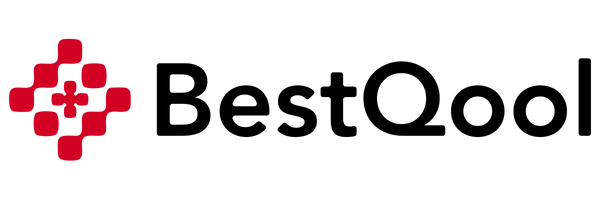











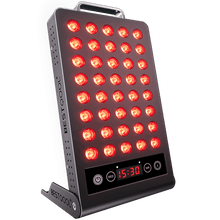
 Small
Small
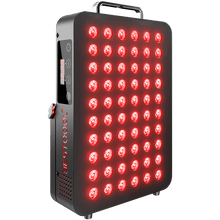
 Moderate
Moderate
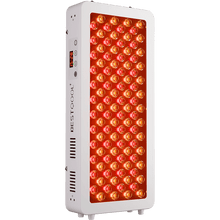
 Moderate
Moderate
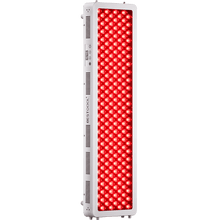
 Moderate
Moderate
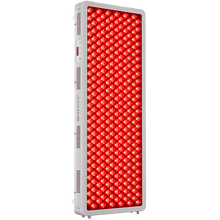
 Full
Full



